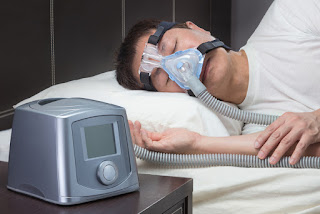 |
| Photo credit: Shutterstock |
I have a confession to make: for all the time I spend
touting about fitness, I hardly ever go to the gym. And for the longest time I
felt guilty about that. But what I’ve come to discover is that there is more
than one way to get fit.
If you’re anything like me, you can’t stand the mundane feel
of a gym. There’s nothing exciting about elliptical machines, treadmills, and
weight lifting equipment. On top of that, the lighting is unflattering and the
whole place smells kind of funky. I’d much rather be outdoors, surrounded by
nature’s beauty.
It took me the longest time to come to terms with the fact
that I’m more of a hiking, biking, kayaking, rock climbing kind of girl. As a
society, we are so inundated with images of gym-fit bodies that we tend to
exclusively associate the two. Athletes use them. Doctors are always advocating
for them. Don’t all healthy people go the gym?
Not necessarily. Being healthy is more than just physical
wellbeing; it’s about spiritual, mental, and emotional wellbeing, too. That’s
why you have to discover what makes YOU feel inspired and fulfilled.
As I said before, for me it’s about being in nature. There’s
nothing I love more than a scenic walk. But for others, it might be about
joining a sports team. It might be about taking a yoga class. It might be that
you love animals and want to volunteer at the local animal shelter and take the
dogs for a walk. Different strokes for different folks.
If you feel like you literally have to drag yourself to the
gym every day, there’s a pretty good chance it’s because that type of an environment
doesn’t align with your personality. Do yourself a favor and find an exercise routine that leaves you feeling motivated, energetic, and refreshed.

